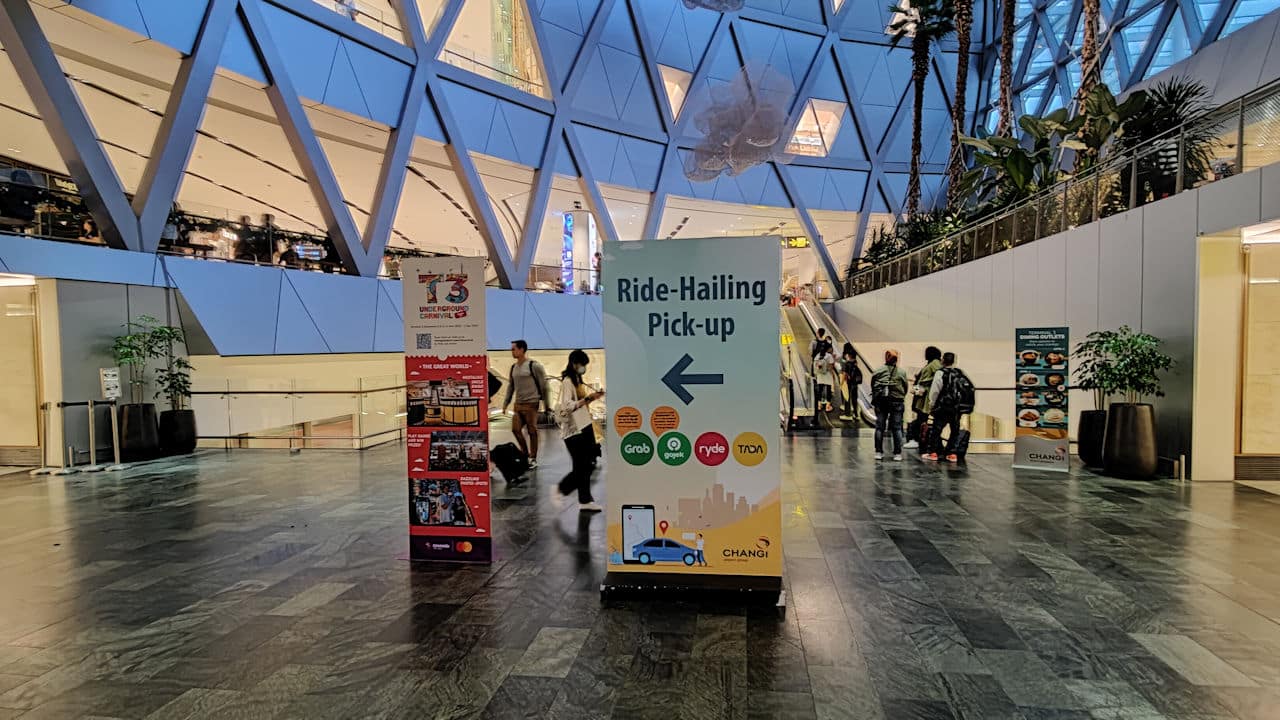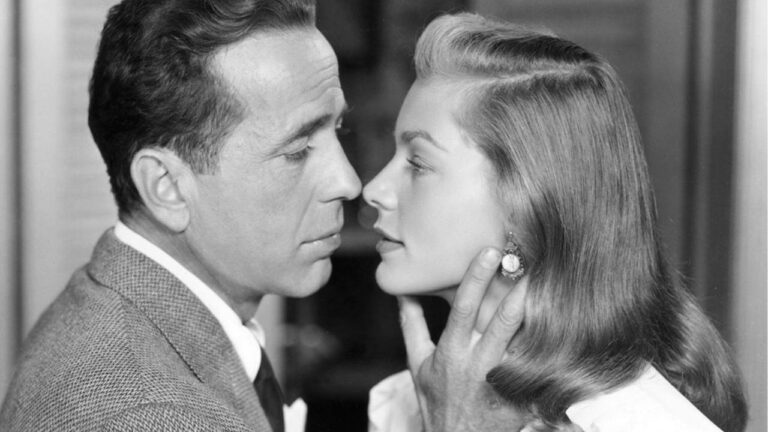Expect High Uber Bills at These 15 Airports

Since its founding in 2009, the ridesharing company Uber has had passionate supporters and intense opponents. Although Uber has created almost 4 million jobs globally and a supplemental income for gig workers, certain rate irregularities, such as inexplicable surge pricing, have occurred.
HawaiianIslands.com has compiled data from the world’s 100 busiest airports to determine the 15 costliest Uber rides home from an airport compared with an Uber trip from home to a city from a similar distance. Every continent except for Asia was represented on the list of 15.
Different cities have rules for ridesharing companies, which have had to fight, sometimes literally, with taxicab drivers and government regulators to stay in business. Some airports have designated pickup areas for ridesharing, and they may not be clearly marked. Uber can lock riders into expensive premium options at some airports, while other airports require rideshare users to pay a surcharge.
Comodoro Arturo Merino Benítez International Airport, Santiago, Chile, 203.5% more per kilometer

This is Chile’s busiest international airport, handling more than 18 million passengers in 2022.
Uber drivers rallied against regulations that were set to go into force in January 2024. These regulations would raise prices by 50% and idle nearly half of the more than 100,000 Uber drivers in Santiago, the capital of the South American country. Uber has been operating in Chile for about ten years.
Hobart International Airport, Cambridge, Tasmania, 188.6%

The continent of Oceania is well-represented on this list. Hobart International Airport is in Tasmania. It operates a single terminal that opened in 2003 and provides services for both domestic and international flights. Among the airlines flying in and out of the airport are Qantas, Virgin Australia, Jetstar, and Tigerair. The airport is 17 kilometers from the city center of Hobart.
Uber has been operating in Australia since 2012. Riders here must pay a $3.85 rideshare access fee.
Newcastle Airport, Port Stephens, Australia, 132%

Another airport on this list from Oceania is Newcastle Airport. It opened in 1947 and is Australia’s 13th-busiest airport, handling 1.25 million passengers annually. The airport is 15 kilometers north of Newcastle in Port Stephens, New South Wales.
It serves airlines such as Eastern Air Services, FlyPelican, Link Airways, Jetstar, Qantas, and Virgin Australia.
Cairns International Airport, Cairns, Australia, 121.5%

The third airport with the highest Uber price premium on this list is Cairns International Airport in Cairns, Australia. The airport opened in the 1930s and was privatized in 2008 when the Queensland Government sold the airport to a private company, Cairns Airport Pty Ltd.
The facility welcomes 5 million passengers a year. Domestic passengers fly to Brisbane, Gold Coast, Sydney, Melbourne, Adelaide, Perth, Darwin, and other domestic destinations, and international passengers fly to Singapore, Japan, and New Zealand.
John Wayne Airport, Orange County, California, 116.4%

The airport is named after the Western movie star John Wayne. A statue of Wayne was erected at the airport and dedicated in 1982. It opened as a private landing strip in the 1920s. In 1939, through a land swap between the Irvine Company and Orange County, it became Orange County Airport, a publicly owned facility. The airport handles 11.7 million passengers per year.
In 2023, California voted in favor of Proposition 22, which defined app-based transportation and delivery drivers as independent contractors and exempted companies like Uber from giving them employee benefits.
Presidente Castro Pinto International Airport, João Pessoa, Brazil, 112.6%

The most expensive Brazilian airport to catch an Uber at is Presidente Castro Pinto International Airport in João Pessoa, Brazil. The airport opened in 1957 and three years later was named after João Pereira de Castro Pinto, a prominent politician, lawyer, and writer. The airport is 11 kilometers from downtown Joao Pessoa. It handles 1.4 million passengers per year.
Uber has been operating in Brazil since 2014. The Brazilian government has been trying to impose fines on Uber for “irregular working relations with the drivers on its app.”
Logan International Airport, Boston, Massachusetts, 110.2%

Boston’s Logan Airport, New England’s busiest, earned the distinction as the East Coast’s most expensive airport to get an Uber. The airport served 17.4 million passengers in 2022, the most since 2019.
A temporary closure of the city’s Sumner Tunnel caused economic hardship for Uber drivers in 2023 and will do so again in August 2024.
Norman Y. Mineta San Jose International Airport, San Jose, California, 105.5%

Norman Y. Mineta San Jose International Airport in San Jose, California, is a key destination for travelers to Silicon Valley. The airport handled 15 million passengers in 2019 and is the second busiest in the Bay area. It forecasts that it will serve 22.5 million passengers by 2037.
In 2023, Californians voted in favor of Proposition 22, which defined app-based transportation and delivery drivers as independent contractors and exempted companies like Uber from giving them employee benefits. California has the most Uber drivers, 209,000, of any state.
Cleveland Hopkins International Airport, Cleveland, Ohio, 104.7%

Cleveland Hopkins International Airport serves the greater Cleveland area and northeast Ohio. In 2019, it served 10 million passengers. The airport is 13 miles from downtown Cleveland. It is the oldest municipally owned airport in the United States, opening in 1925.
The Cleveland Plain Dealer newspaper reported that in 2016, the Cleveland City Council approved a $4 fee for rideshare drop-offs and pickups at the airport, thus bringing Uber and Lyft fees in line with fees charged to taxi companies.
Mexico City International Airport, Mexico City, Mexico, 101.2%

Mexico City International Airport is the busiest airport in Mexico and Latin America and the 20th busiest in the world. 2022, it received 46.2 million passengers, a 28.3 percent increase from the prior year.
Uber has been operating in Mexico for ten years, and there has been some conflict between taxis and Uber drivers. In January 2023, the State Department issued a travel advisory for Mexico’s Caribbean coast after medallion taxi drivers began harassing and attacking Uber drivers and their clients. The dispute followed a court ruling that granted ride-hailing apps the right to operate in Cancun at the beginning of January.
Wellington International Airport, Wellington, New Zealand, 90.7%

Wellington International Airport opened in 1959 and handles 3.5 million passengers a year. It was the first airport in New Zealand to allow Uber to operate there.
A landmark decision in New Zealand in 2022 required Uber to treat drivers as employees rather than independent contractors. This was in contrast to a ruling in California in 2023 that said ridesharing drivers were considered independent contractors.
Port Elizabeth International Airport, Port Elizabeth, South Africa, 80.4%

Port Elizabeth International Airport of Port Elizabeth, South Africa, is the first African airport on this list of the most expensive airports to catch an Uber.
In May 2022, Techcrunch.com reported that Uber had reached 1 billion rides in Africa. The ridesharing company attained the milestone almost a decade after planting its flag in Johannesburg, South Africa. Critics have chided Uber for enticing drivers with attractive subsidies and gaining market dominance while labor supply overtook demand. According to critics, Uber then undermined drivers by upping its commission and eroding pay.
Nnamdi Azikiwe International Airport, Abuja, Nigeria, 79.8%

Nnamdi Azikiwe International Airport is 40 kilometers outside Abuja, Nigeria’s capital. The facility is named after Nigeria’s first president, Dr. Nnamdi Azikiwe. The airport has embarked on an ambitious expansion project, adding new radar systems and runways.
Uber has been under regulatory pressure in Nigeria and courted controversy by allegedly avoiding paying corporate taxes.
El Dorado International Airport, Bogota, Colombia, 78.5%

El Dorado Airport is the international airport in Bogota, Colombia, 15 kilometers away. In terms of cargo volume, it is the largest in Latin America and the fifth biggest in passenger total. The airport opened in 1959. A $650 million expansion project enlarged its capacity to 40 million passengers per year. Plans are being made to add a second airport called El Dorado II.
Bogota cab drivers staged an anti-Uber protest on April 16 and obstructed access to El Dorado Airport. After five hours, law enforcement broke up the protest.
Ronald Reagan Washington National Airport, Washington, D.C., 78%

The airport opened in 1941 and was built on the site of the plantation home of George Washington’s granddaughter, Eleanor Parke Custis. In 1998, it became Ronald Reagan Washington National Airport to honor the nation’s 40th president. In 2023, the airport served 25.4 million passengers. Its main runway is the busiest in the country, with 819 daily flights.
In 2019, Washington media reported that Uber and Lyft drivers working at the airport collaboratively turned off their rideshare apps briefly to trick the app into thinking there were no drivers available, artificially creating a price surge.





